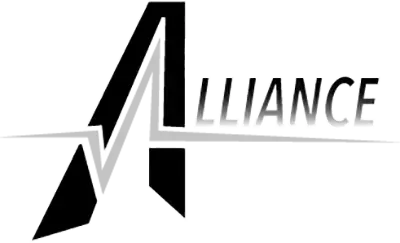Frequently Asked Questions (FAQ)
At Alliance Land Surveyors, we understand you may have questions about our services. Below are some of the most commonly asked questions and answers regarding our land surveying services in San Antonio.
General Questions
What is the starting price for a property survey in San Antonio?
Our surveys for smaller residential lots in San Antonio start at $400 plus tax. This base price covers the cost of accurately assessing and documenting your property's boundaries. For larger properties or more complex surveys, the cost may be higher due to the additional time, research, and equipment required. We always provide clear, upfront pricing so you know what to expect.
What types of surveys do you offer in San Antonio?
We offer a wide range of surveying services in San Antonio, including boundary surveys, topographical surveys, ALTA/NSPS land title surveys, tree surveys, and construction staking. Each survey is tailored to meet the specific needs of your project, whether it's for residential, commercial, or land development purposes.
How long does it take to complete a survey in San Antonio?
For smaller residential properties in San Antonio, the survey itself typically takes just a few hours to complete. However, the scheduling and preparation may require it to be done on a different day, depending on our current workload and your specific needs. For larger or more complex surveys, additional time may be required. We'll provide you with an estimated timeline during the initial consultation to ensure you know what to expect.
Why is it important to have a licensed surveyor in San Antonio?
Hiring a licensed surveyor in San Antonio ensures that your property survey is conducted according to the highest professional standards and is legally recognized. Licensed surveyors have the training and experience needed to accurately measure and map your property, helping you avoid legal disputes, ensure compliance with local regulations, and protect your investment.
